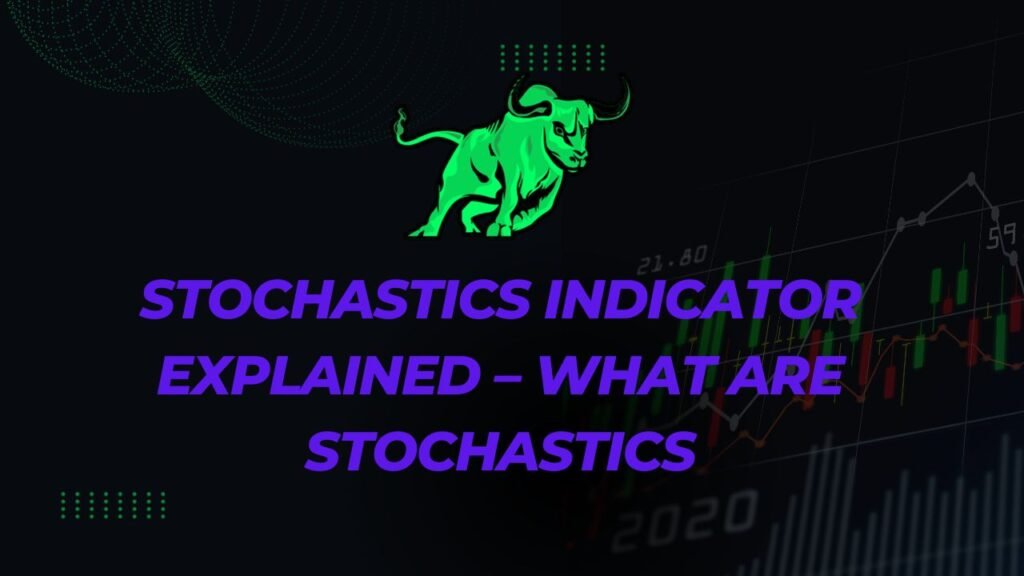
If you’re venturing into the world of Forex trading or looking to enhance your trading strategy, understanding technical indicators like Stochastics is crucial. In this illuminating guide, we’ll dive deep into the Stochastics indicator, demystifying its secrets and exploring how it can empower your trading decisions.
The Stochastics Indicator: A Window into Market Momentum
What Are Stochastics?
Stochastics is a momentum oscillator that helps traders identify potential reversal points in the market. It measures the closing price’s position relative to the price range over a specified period. This indicator is a favorite among traders for its ability to signal overbought and oversold conditions.
Deciphering Stochastics: The Key Components
%K and %D Lines: The Dynamic Duo
Stochastics consists of two lines, %K and %D. %K represents the current price’s position within the selected range, while %D is a smoothed version of %K. When these lines cross or reach extreme levels, they provide valuable insights into market momentum.
Overbought and Oversold: Finding the Turning Points
Stochastics is a master at spotting overbought and oversold conditions. When %K and %D reach or exceed certain thresholds (usually 80 for overbought and 20 for oversold), it suggests potential reversals. Traders can use these signals to make informed entry and exit decisions.
Stochastics in Action: Real-Life Scenarios
Scenario 1: Identifying Overbought Conditions
Imagine you’re trading the USD/JPY currency pair, and the Stochastics indicator shows %K and %D above 80. This signals that the market is overbought, and a reversal may be imminent. You decide to exit your long position to avoid potential losses.
Scenario 2: Detecting Oversold Conditions
Now, you’re analyzing the EUR/GBP pair, and Stochastics indicates %K and %D below 20. This suggests that the market is oversold, and a price bounce could occur soon. You consider entering a long position, anticipating a potential upward movement.
FAQs: Demystifying Stochastics
Q: Can I use Stochastics with other indicators?
A: Yes, combining Stochastics with other indicators can enhance your trading strategy’s accuracy.
Q: What is the ideal time frame for using Stochastics?
A: Stochastics can be applied to various time frames, but many traders use it effectively on shorter time frames for scalping and day trading.
Conclusion: Harnessing Stochastics for Informed Trading
In the dynamic world of Forex trading, having a reliable tool like the Stochastics indicator can make all the difference. Armed with the knowledge of how Stochastics works and its real-world applications, you’re better equipped to navigate the markets and make informed decisions.
So, go ahead, integrate Stochastics into your trading toolkit, and embark on your trading journey with confidence, knowing that you have a powerful ally in deciphering market momentum.